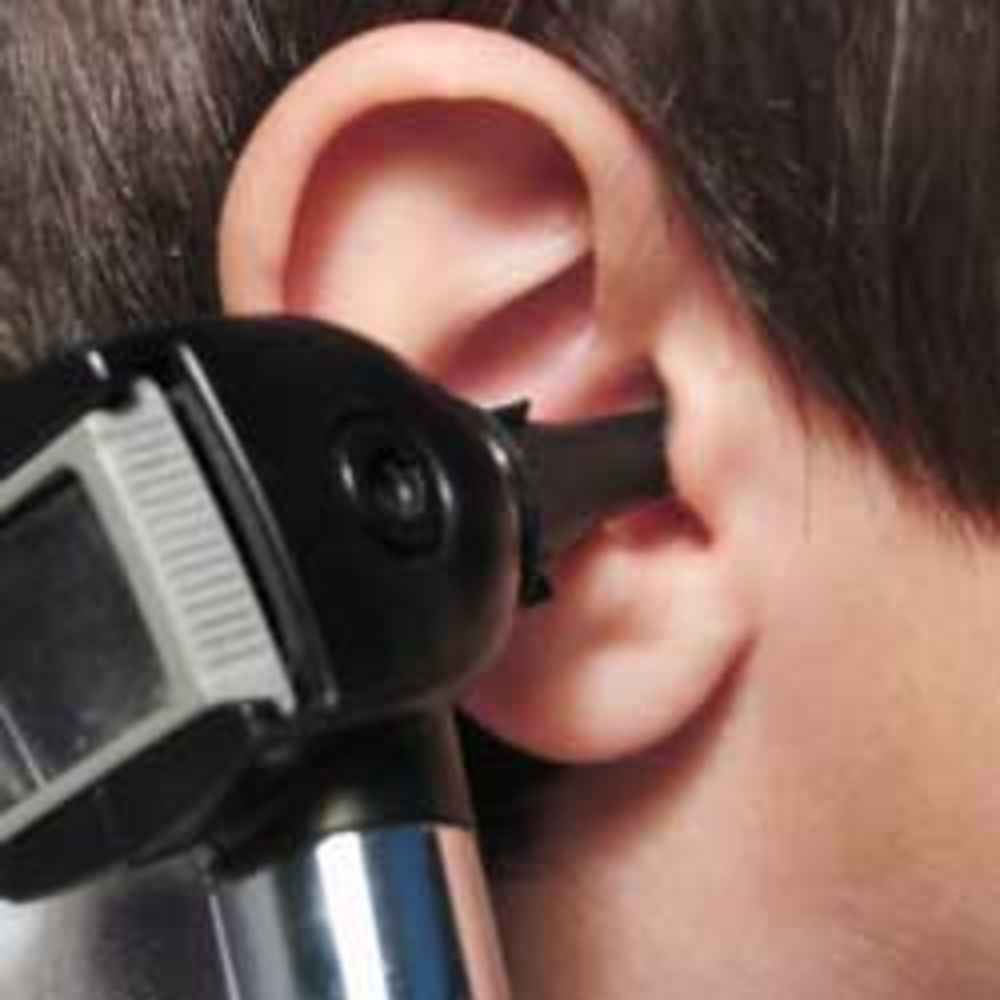PE Tubes

PE Tubes Can Improve Health and Hearing
Patients with chronic middle ear infections that have failed to respond to traditional medical treatments, such as ear drops and antibiotics, may need pressure equalizer tubes (PE tubes) placed inside their ears. PE tubes, also known as ventilation tubes, are designed to alleviate pain and hearing loss caused by a buildup of fluid behind the ear drum. If left untreated, this buildup can lead to reoccurring pain and, in young patients, speech development issues. The otolaryngologists at Chesapeake Ear Nose & Throat have a special interest in sinusitis and can place PE tubes in a matter of minutes at our Baltimore, MD, office.
What are pressure equalizer (PE) tubes?
Pressure equalizer tubes (PE tubes), are tiny, hollow tubes made of a soft, moldable plastic that are inserted into the ear drum during a minor surgical procedure. These tubes are designed to provide ventilation to the middle ear, preventing infections and hearing loss. This treatment is often recommended for children with poor drainage as a result of narrow and horizontal eustachian tubes. Over time, the tubes will eventually fall out on their own, or will be removed by a specialist.
PE tubes are often recommended for patients with recurring ear infections or excess fluid around the ear drum.
Who is a good candidate?
PE tubes are often recommended for patients with recurrent ear infections or excess fluid around the ear drum causing hearing loss. Middle ear infections are considered chronic when three or more separate incidents occur over a six month period. Although a PE tube procedure is more frequently recommended to children, it can also be beneficial for teens and adults experiencing:
- Chronic ear infections
- Dizziness and balance disorders
- Speech impediments and developmental delays
- Impaired hearing
- Poor school performance
- Structural changes to their ear drum
- Trauma to the middle ear
Causes of Middle Ear Infections
During a common cold, the flu, or seasonal allergies, it is common for bacteria or viruses to develop in the middle ear as a result of congestion, swelling, and poor drainage in the nasal passageways and eustachian tubes. These small tubes are responsible for alleviating pressure and draining fluid from the middle ear to the back of the throat. When the tubes are blocked as a result of excess mucus and inflammation, it can prevent the fluid from draining properly, causing infection, painful symptoms, and impaired hearing. Although illness is the primary cause of ear infections, they can also be caused by ear drum trauma or pressure changes as a result of flying or scuba diving.
How are PE tubes placed?
PE tubes are generally placed under general anesthesia as an outpatient procedure. Once the patient is comfortably sedated, vitals will be carefully monitored throughout the procedure to ensure he or she is responding well to anesthesia. The doctor will use microscopic technology to create a small hole in the ear drum. Using suction, he will drain any excess fluid and then carefully insert the tube inside the hole. The procedure can be completed in about 10 to 15 minutes.
What To Expect After Tubes Are Placed
Patients may be groggy for the remainder of the day, but can usually return to normal activity within 24 hours. For patients struggling with hearing loss as a result of fluid buildup, they often notice an immediate difference. Our team will send you home with detailed instructions to follow to ensure that you or your child experiences a full recovery. Keeping the ears dry with ear plugs while bathing or swimming can foster a smooth recovery.
One of our specialists will have your child return for a follow-up appointment two to three weeks after the procedure to monitor their results. After tubes are placed, the patient can experience:
- Reduced ear infections
- Improved hearing and speech
- Better balance
- Improved school or work performance
Tubes will stay in place between six to 18 months. They are designed to ultimately fall out on their own, but in some cases, if a tube is still in place after two or three years, a doctor may need to remove them.
Contact Us Today
If you are continually taking yourself or your child to the doctor for repeated ear infections, it may be time to consider the placement of PE tubes. We recommend scheduling a consultation with one of our trusted doctors. You can contact us online today or call (410) 356-2626 to schedule your consultation.
“I received excellent care at Chesapeake ENT. Their prompt response and cheerful attitudes made for a wonderful experience. All of the audiologists were very helpful. Especially Dr. Laura Toll, her knowledge of hearing aids and the new technology offered made for an easy decision."
★★★★★
- Tanya
"Was very knowledgeable and helpful."
★★★★★
- Saafir
"Very courteous and on time."
★★★★☆
- Pauline




